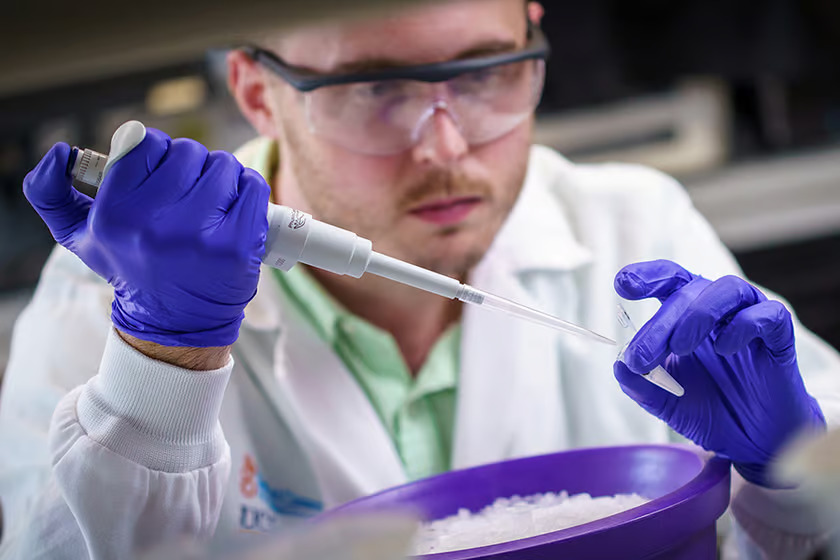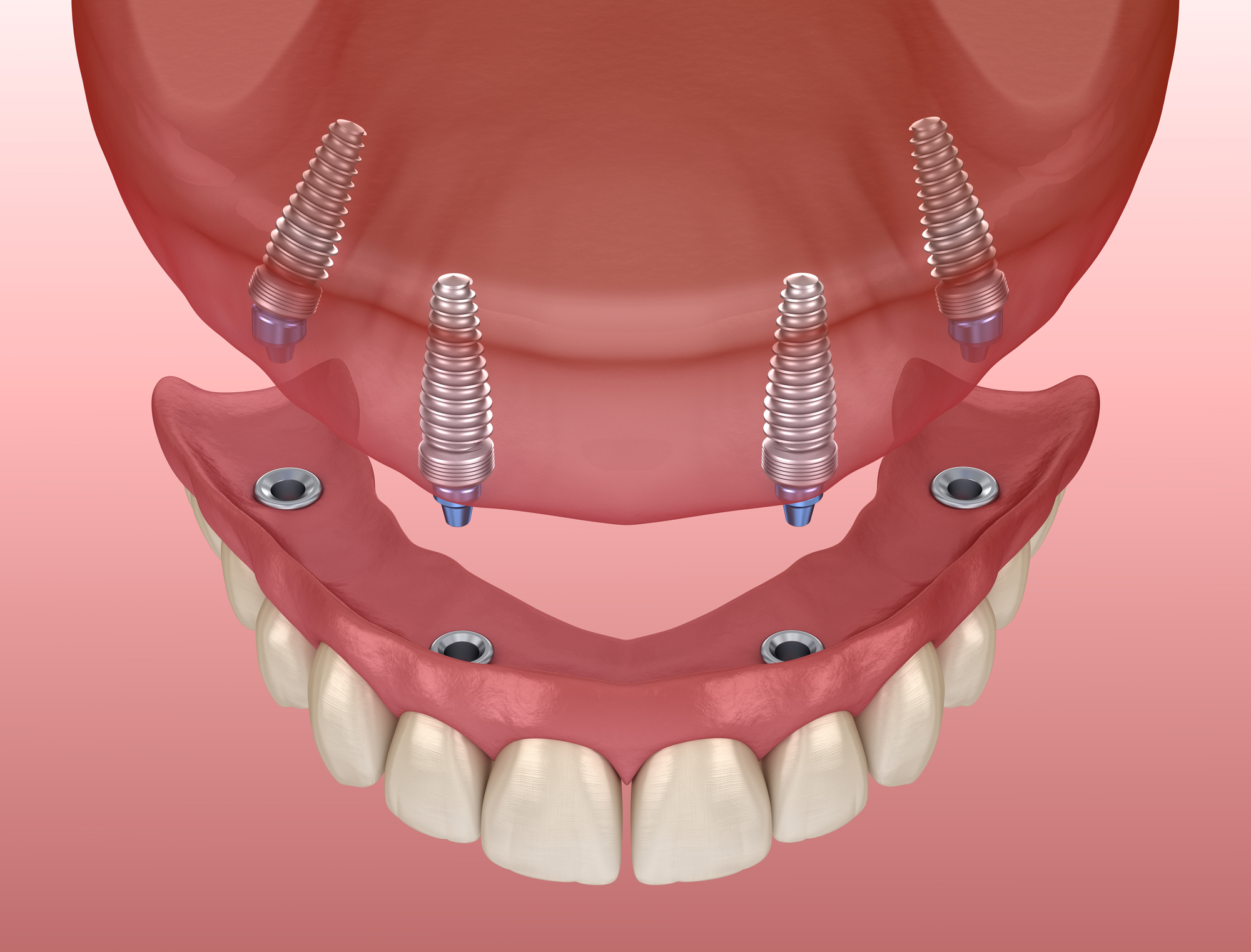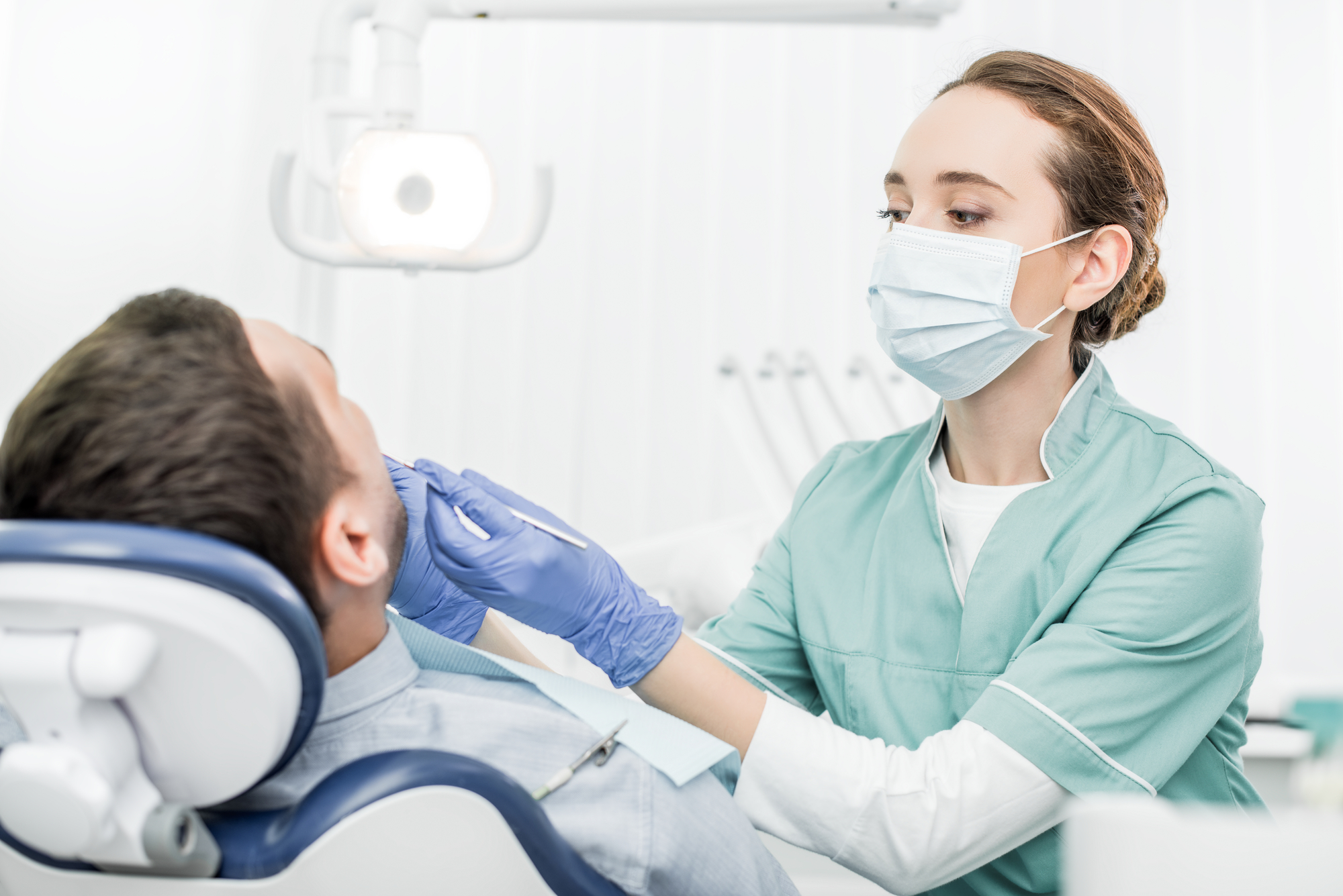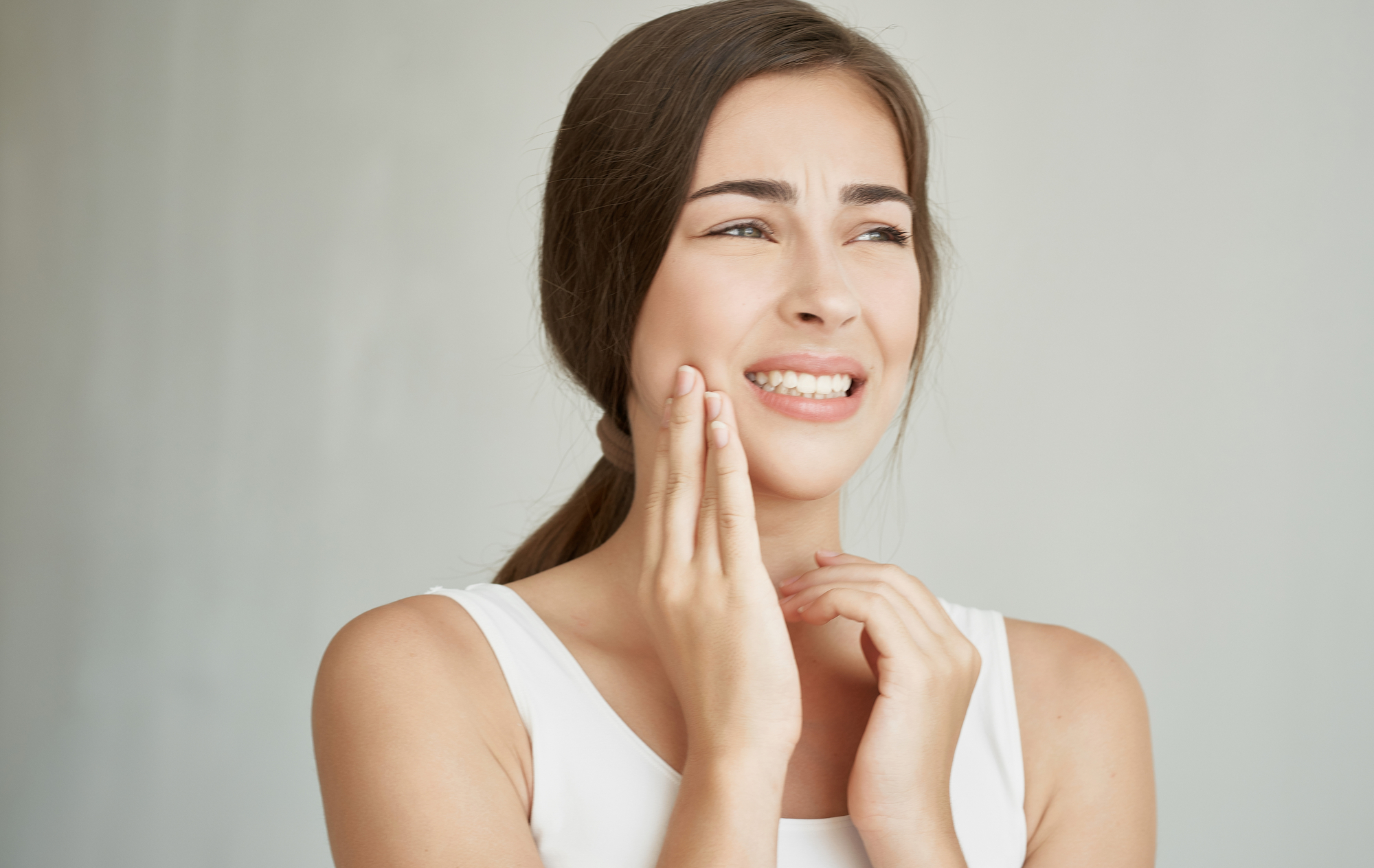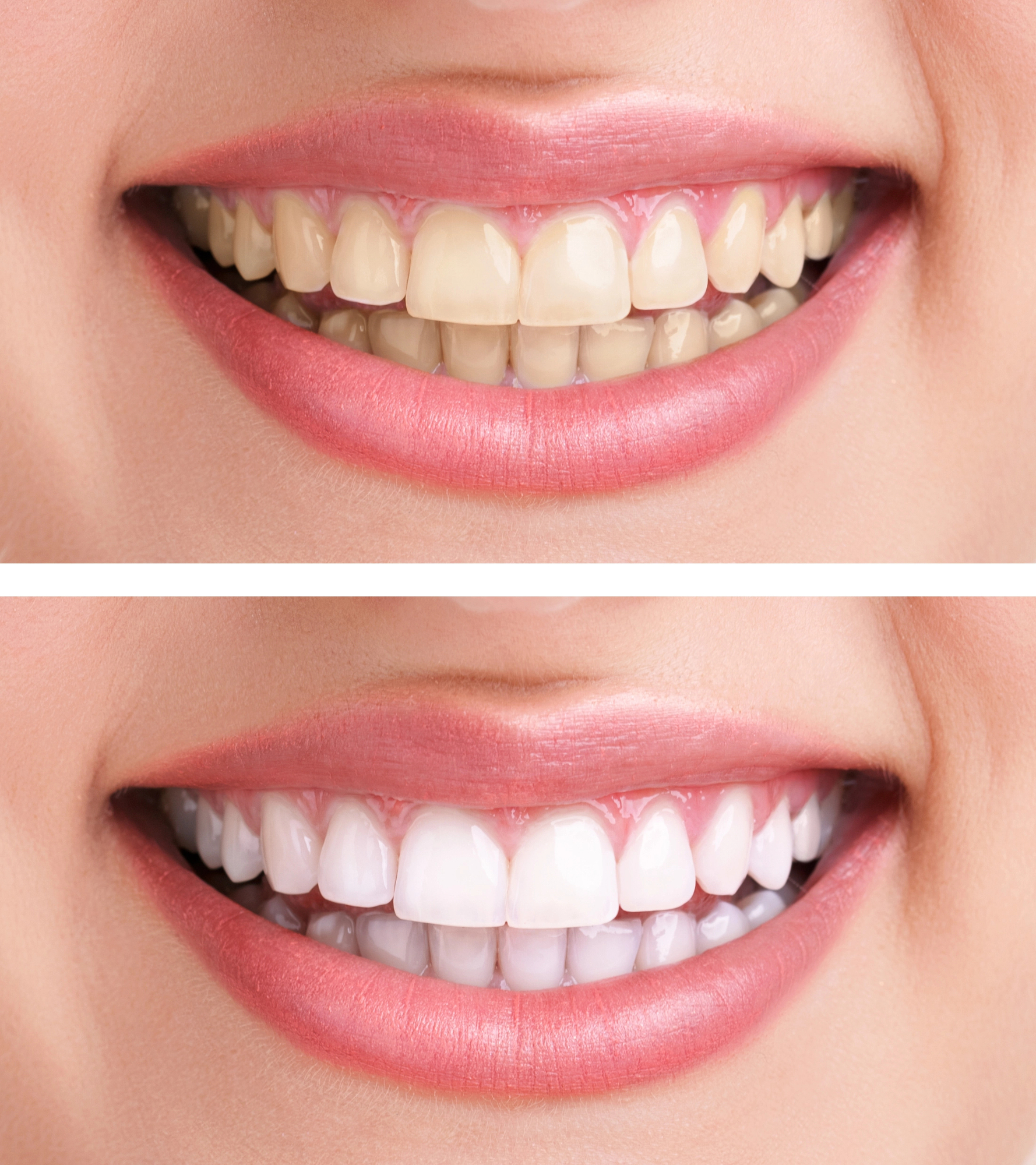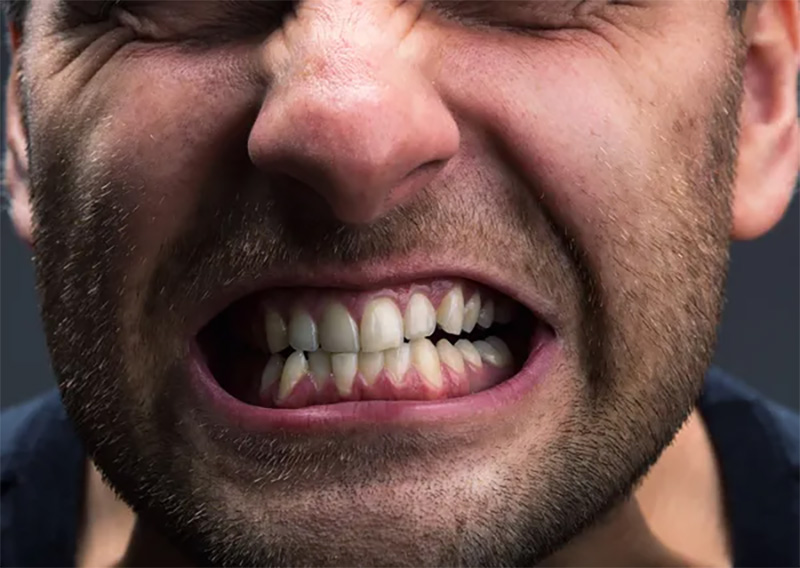Dental health is essential to an individual’s overall health, and many people, especially women, feel more comfortable visiting a female dentist for their dental needs. Recently, there has been an increase in the number of women-only dentistry practices catering exclusively to women patients. In this article, we will explore the reasons behind the trend of women-only dentistry and discuss such practices’ ethical and legal implications.
Reasons Behind Women-Only Dentistry
Comfort
Many women feel more relaxed and at ease in the company of other women and prefer female dentists over male ones. They think that female dentists are more empathetic and understanding of their dental concerns, which often include anxiety and fear of pain during procedures.
Cultural Sensitivity
Some women come from cultures where it is considered inappropriate for men to examine women’s bodies. Women-only dentistry practices cater to such cultural sensitivities and provide a safe and comfortable environment for these women to receive dental care.
Ethical Implications
Gender discrimination: Some people argue that women-only dentistry practices are discriminatory towards men, as they are excluded from receiving treatment from female dentists.
Providing equal access to care: Women-only dentistry practices may limit access to care for men, who may have to travel further to find a male dentist. This can result in unequal access to care and create disparities in oral health between the two genders.
Legal Implications
Anti-discrimination laws: In many countries, anti-discrimination laws prohibit the exclusion of individuals based on gender, religion, race, or other factors. Women-only dentistry practices could potentially face legal action if they are found to be discriminatory towards men.
Professional Codes of Conduct
Dental professionals are bound by ethical codes of conduct that require them to provide equal access to care for all patients, regardless of gender or other factors. Women-only dentistry practices must ensure that they comply with these codes of conduct to avoid any legal implications.
Advantages of Women-Only Dentistry
Specialized Care
Women-only dentistry practices offer specialized dental care tailored specifically to the needs of women. For example, female dentists are trained to deal with conditions such as pregnancy gingivitis and menopause-related oral health issues.
Improved Patient-Dentist Communication
Women-only dentistry practices create a comfortable and non-threatening environment for women to discuss their dental health concerns. This improved communication leads to better treatment outcomes and improved oral health.
Emphasis on Preventive Care
Women-only dentistry practices often emphasize preventive care, which is crucial in maintaining good oral health. Female dentists educate their patients on the importance of regular dental check-ups, brushing, and flossing and provide personalized advice on maintaining good oral hygiene.
Conclusion
Friendly female dentist Dr Elly Huang treats both women and men, reflecting the importance of providing equal access to care for all patients, regardless of gender. Ultimately, the decision to visit a women-only dentistry practice should be based on individual needs and preferences.
Women-only dentistry practices have emerged in response to the growing demand for female dentists and the need for a comfortable and relaxed dental environment for women. Both ethical and legal implications must also be considered, as the provision of equal access to care for all patients is a fundamental principle in the field of dentistry.



